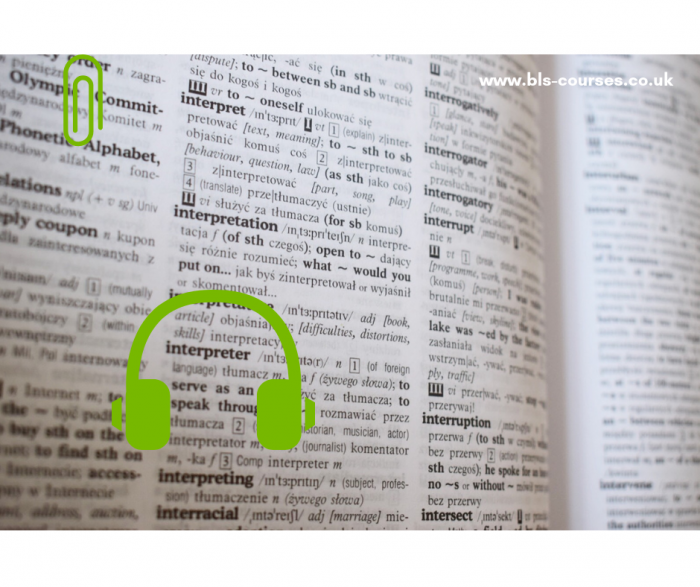You are learning a language so you will have heard of interpreting: the art of converting one spoken or signed language into another spoken or signed language. The role of an interpreter is to help two or more people who don’t speak the same language to communicate with each other. You may have heard of the different styles of interpreting as well, the most common ones being Conference Interpreting and Public Service Interpreting, but perhaps you weren’t sure of the difference. This blog post looks at what we mean when we talk about “Public Service Interpreting”, sometimes called “Community Interpreting” or “Liaison Interpreting”, and the main differences between this type of interpreting and Conference Interpreting.
 How does a Public Service Interpreter Work?
How does a Public Service Interpreter Work?
When you think of an interpreter, you may picture a person wearing a headset in a booth at a high-profile meeting, perhaps at the United Nations. They do not speak directly to the people they are interpreting for and can sometimes be “invisible” inside their glass booth. They mainly translate speeches into another spoken language and sometimes translate questions put to speakers who are talking in front of a large audience. Public service interpreters work very differently. Their role is to facilitate a conversation and they are usually physically present beside the people they are interpreting for. Sometimes they are available over the telephone but still a key part of the conversation at hand.
Conference interpreters usually interpret simultaneously, meaning they listen and interpret at the same time in order to convey a speech without breaks. Public service interpreters interpret consecutively: they wait for each speaker to finish and say what they just said to the other speaker in a language that speaker understands, creating a conversation. They may need to take notes or have a good memory to be able to do this effectively. Occasionally, Public service interpreters do do simultaneous interpreting, usually to allow one person to understand a speech or court proceedings, for example, and they will do this in a hushed voice so that person can hear but it will not disturb the proceedings. This method is called “chuchotage” (“whispering” in French).
Another difference between Conference and Public service interpreters is that Conference interpreters usually only interpret from one language into another (usually into their mother tongue), whereas Public service interpreters work bidirectionally, which means they translate into and out of each language needed in the conversation.
What Environments does a Public Service Interpreter Work in?
Public service interpreters are needed to make sure that everyone can have equal access to public services, whichever language they speak. Public service interpreters usually facilitate communication between public service providers and users of these services. They can work in hospitals and GP surgeries, mental health treatment sessions, immigration interviews, Job Centres, the courts and police stations, schools, council services and many more. The fact that they work in a variety of environments means that Public service interpreters must have an excellent grasp of specialist vocabulary in both languages they work in. They also need to speak both languages very well.
What Obligations does a Public Service Interpreter have towards their Clients?
Public service interpreters often translate sensitive or emotive information for speakers. This can be stressful for the interpreter. Public service interpreters must also maintain strict confidentiality: they must not talk about anything they have interpreted outside of the interpreting session and not reveal the names or experiences of anyone they have interpreted for. They must also be impartial – it is not their role to give advice or advocate for one or other of the speakers. Their role is to interpret what is said; it is up to the service provider to provide advice. The interpreter can of course mention if they feel there may have been a misunderstanding but it is up to the service provider to try and correct that.
We hope you have found this post interesting. If you have any comments or reflections, please leave them below!
Suzannah Young
